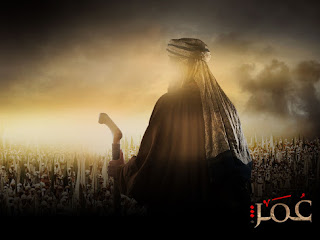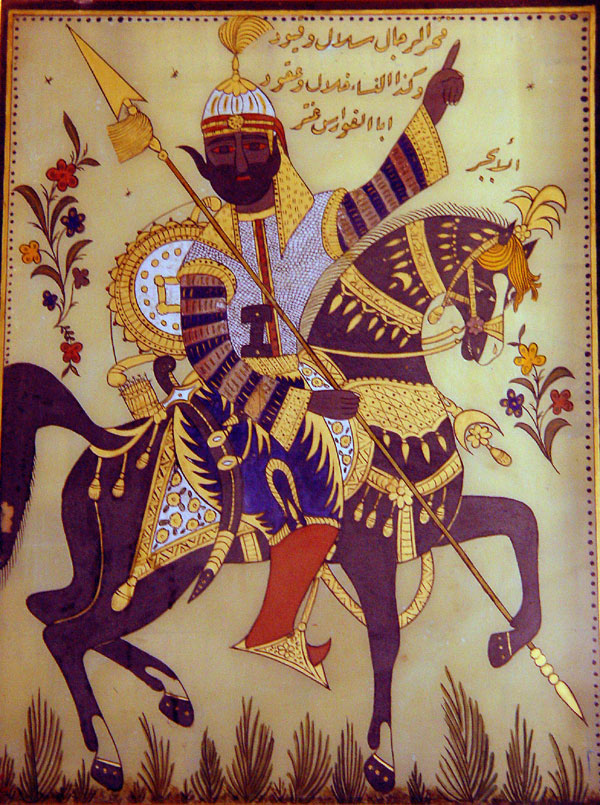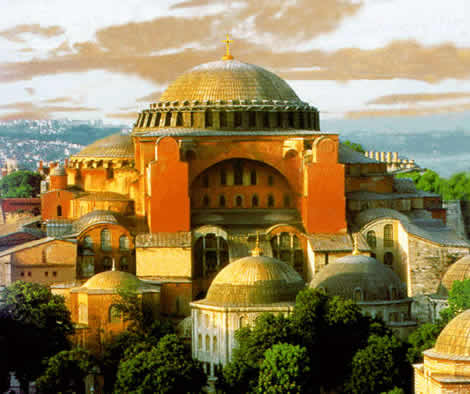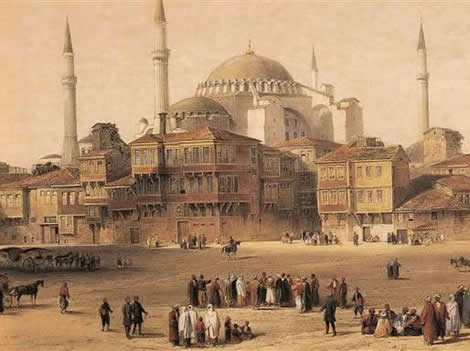Abraham begins the discussion of the Patriarchs and, indeed, of the three modern world religions. The record of his life is found in the Jewish scriptures and is largely reaffirmed in the New Testament of the Christians and assumed by the Qur’an.
After Abraham the interpretation of the other biblical Patriarchs head in different directions, with the Jews and the Christians paying heed to Abraham’s second-born son, born of his wife Sarah, and the Muslims following the line of Ishmael (Arabic: Ismail), Abraham’s first-born son, born of his female slave Hagar.
The details of Abraham’s life in the Jewish Bible are sometimes sketchy, sometimes biographical. Abraham came from the Fertile Crescent, wandering from Ur to Harran (Carrhae), in the region of Edessa.
His travels conform to known Amorite migratory patterns, and his lifestyle as a shepherd or trader also was consistent with the Mesopotamian world of the 20th–17th centuries b.c.e. He received a divine command to continue his journey farther into the far-flung corner of the Fertile Crescent, to the land of Canaan.
He was promised many descendants and much land. Though the promises are repeated several times, the biblical narrative tells of Abraham’s frequent trials and travails, which ultimately prevent him from realizing the fulfillment of the divine promise.
First, as Abraham waited many years for a descendant to be born, he attempted to establish his own family line by selecting his chief servant to be heir. Then, after decades of waiting, he begot a son through his wife’s Egyptian servant—an ancient custom in Mesopotamia.
This son was called Ishmael, and he is the one that Muslims revere as the beginning of the line leading to their prophet Muhammad. Only when Abraham had nearly reached the age of 100 did his elderly wife bear a son, whose name was Isaac, through whom the nation of Israel would flourish.
Though Abraham had at least one other son by another woman, no others fit into the divine promise. For Jews and for Muslims, it is only one son (either Ishmael or Isaac) upon whom the promise devolves.
Second, as the only son of the divine promise grew older, the Hebrew God ordered Abraham to make a child sacrifice to him. Abraham dutifully obeyed, and was prevented at the last minute from executing his fatal sacrificial blow.
The Jewish Bible names this son as Isaac, but the Qur’an says that he was Ishmael. Both the Jewish and Islamic faiths venerate the place where the human sacrifice would have occurred (for Jews, Jerusalem; for Muslims, Hira) as a site of pilgrimage or holy ground.
Third, Abraham spent his life as a pilgrim and resident alien in the land of Canaan, owning no land though his promised expanse included the territories southwest of the Euphrates all the way to the Mediterranean Sea (modern-day Syria, Turkey, Lebanon, Israel, and Palestine).
When his wife died some 37 years after the birth of Isaac, he had nowhere to bury her in this "promised land", until he negotiated for property from the local people. Though he was wealthy and respected, he died at age 175 without any land for his own burial, save his wife’s tomb.
Jews, Christians, and Muslims all claim a share in Abraham’s life, but historians also take into account what holy books teach about Abraham. Some of the main issues include monotheism, pilgrimage, and chosen people and lands. Out of polytheistic Mesopotamia Abraham was called to worship one transcendent divinity not connected to nature—this is monotheism.
He left his Fertile Crescent home, his family, and his ethnic identity—this is pilgrimage. He maintained his unique claim to a new land and ethnic identity—that he chose. And all three of these elements are pillars of each of the "Abrahamic" religions.
Ishmael would have been the recipient of his father’s favor and wealth, as the first-born. However, Isaac’s jealous mother drove him and his mother out of the camp. Nonetheless, the Bible gives a generally favorable impression of him: he was father of 12 sons, who were in turn the progenitors of 12 tribes—like the Patriarch of Israel, Jacob.
He was present at his father’s burial. His ancestors are depicted as nomads and associated with Israel’s neighbors and therefore not recipients of Abraham’s divine promise.
According to the New Testament, Isaac symbolizes that the divine promise is not by blood but by divine grace and sovereignty. Muslims reject this interpretation and see in the jealousy of Isaac’s mother her recognition that the promise is upon Ishmael.
Isaac’s life was lived in the shadows of his father, Abraham, and his famous son Jacob. Only two later-life events are narrated: his marriage, arranged by his father, and his death-bed testament, manipulated by his son.
One-quarter of Genesis focuses on Jacob, and there is much material that corroborates with what is known of the second millennium b.c.e. The picture of him is not altogether flattering. He was born clutching his older brother’s heel, as if he was reluctant to let him be first born.
He manipulated his brother out of his inheritance, tricked his father out of his deathbed blessing, and struggled with a divine being to obtain his own ends. When he tried to barter for a wife in Mesopotamia, he tasted the bitterness of his own medicine as he was cheated out of work, wife, and time.
Through his wives Jacob had 12 sons, all of whom became leaders of the 12 tribes of Israel. Before Jacob’s days ended he endured one more draught of the poison that he had brewed in his youthful days. His sons carried out a conspiracy to sell his favorite son into slavery and concealed it by blaming his disappearance on wild animals.
Only in his twilight years, after Jacob has been forced to leave the "promised land", did he find out that his favorite son was alive. From ancient Egypt Jacob delivered his final speech, speaking of his implicit faith that he would be buried in Canaan. His speech is some of the oldest poetry in the Bible.
The favorite son, sold as a slave to Egypt, was Joseph, the final Patriarch of the Bible. Joseph’s story makes up 25 percent of Genesis, but he is rarely mentioned outside this book.
Once Joseph is in Egypt he ascends to the highest office in the land, steward to the pharaoh. From that position he is able to provide refuge for his starving family, who comes from Canaan to Egypt.
Its literary role is to bring the Jewish salvation history to Egypt, where Moses will arise and lead the people out of Egypt. Yet the story also has a religious message: Repentance and forgiveness can save even the most dysfunctional and divided family.

















